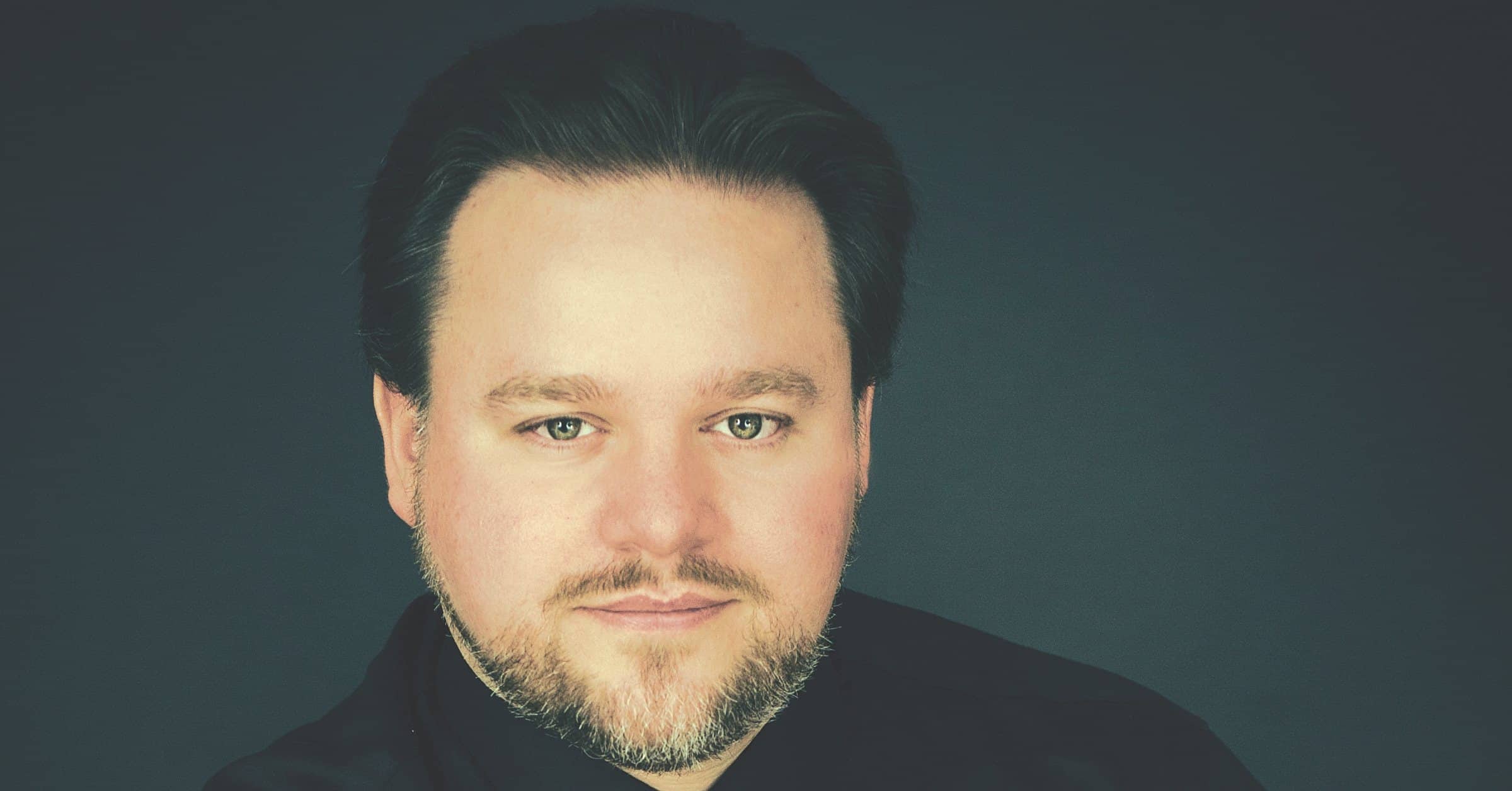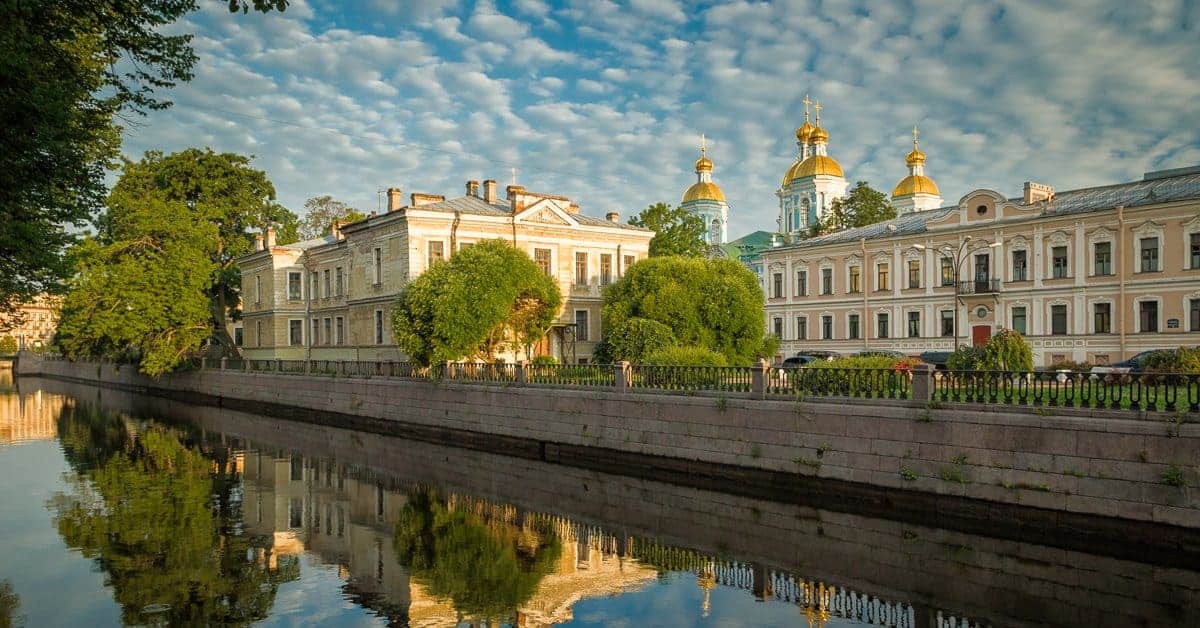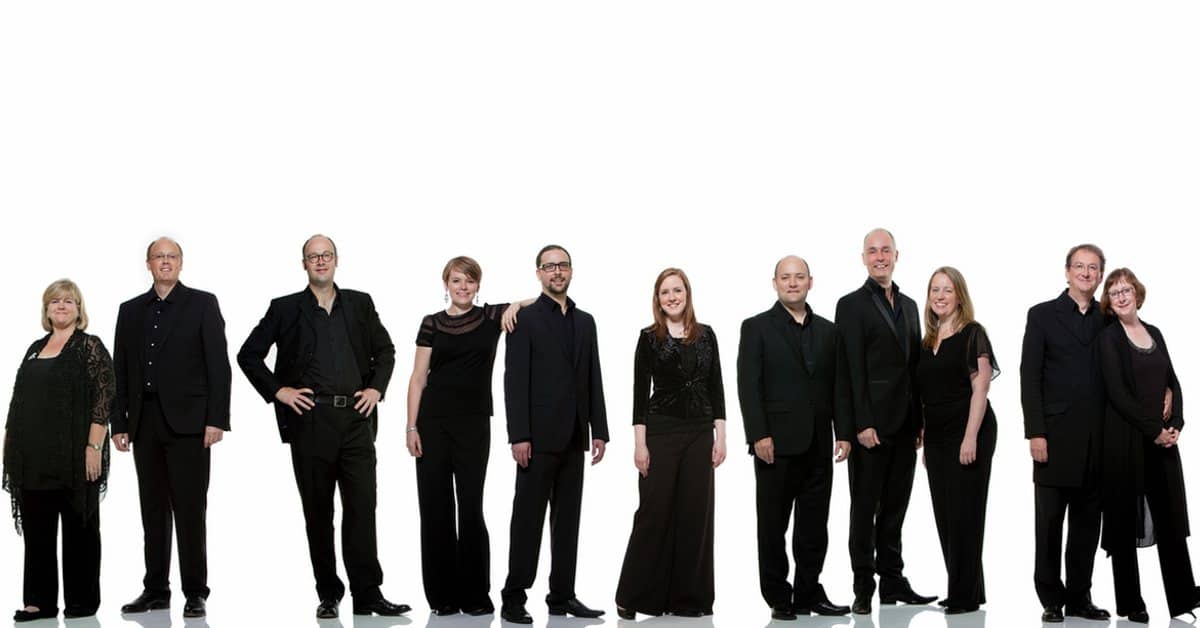-

Sun of Justice: A Two-Fold Offering – Part Two
With this two-fold offering of traditional Byzantine Music, we seek to give the listener two distinct yet complementary experiences: first, that of being in a traditional Orthodox church somewhere in the Middle East, wherein one choir sings in Greek and the other in Arabic; and second: that of being in a traditional Orthodox church in…
-

Sun of Justice: A Two-Fold Offering – Part One
With this two-fold offering of traditional Byzantine Music, we seek to give the listener two distinct yet complementary experiences: first, that of being in a traditional Orthodox church somewhere in the Middle East, wherein one choir sings in Greek and the other in Arabic; and second: that of being in a traditional Orthodox church in…
-

Why “Sun of Justice”?
John Michael Boyer explains the meaning behind the name of our Sun of Justice concert series and the new PRÓTO ensemble recording: The ecclesiastical feast day celebrating the Nativity of Jesus Christ—which came to be called simply “Christ’s Mass,” or “Christmas” in English—was added to the calendar in the Eastern Church somewhat later than were…
-

Arctic Light II: Northern Exposure – Program Notes
The genesis of this concert program occurred last season in January 2017 after renowned Finnish choral conductor Timo Nuoranne was slated to appear with Cappella Romana to direct Einojuhani Rautavaara’s Vigilia (All-Night Vigil). Timo Nuoranne has championed that work in particular throughout his career, having performed it with both Finnish and non-Finnish choirs, and made…
-

Venice in the North
Following the Ottoman conquest of Constantinople in 1453, the peoples of Russia and Ukraine began to look to the West not only for trading partners, but also for political, intellectual and artistic models. The Westernization of northern Slavic societies rooted in Byzantine traditions of governance and religion accelerated during the tumultuous seventeenth century, which saw…
-

The Russian Chant Revival
Major traditions of complex sacred music throughout Europe were shaped during the so-called “long nineteenth century” (the period of relative peace which lasted from the battle of Waterloo to the outbreak of World War I) by movements to recover elements of early traditions for modern use. These efforts, like contemporary “back-to-roots” endeavors in non-musical arts…
-
Byrd Ensemble – Spanish Music for the House of Habsburg
SPANISH MUSIC FOR THE HOUSE OF HABSBURG A musical exploration of the Habsburg dynasty, featuring Spanish music written for monarchs Charles V and Philip II PROGRAM Tomás Luis de VICTORIA – Requiem Mass Introitus: Requiem aeternam Kyrie Gradual Offertory Sanctus & Benedictus Agnus Dei I, II & III Communion: Lux aeterna Versa est in luctum…
-

Byzantine Music in Cyprus
Manuscripts of Byzantine chant copied through the middle of the fifteenth century show that Cyprus remained closely tied to the musical mainstream of Byzantium. The two hymns (stichera) from the Greek office for St Hilarion included on the present recording are excerpts from a longer sequence of hymns interpolated on the eve of his feast…
-

Latin Music in Cyprus
Literary witnesses to the cultivation of music by the French kings of Cyprus are found in a variety of sources, but nearly all of the surviving music associated with the Lusignan court is contained in a single manuscript: Torino Biblioteca Nazionale Universitaria J.II.9. This remarkable document was, according to Karl Kügle (2012), evidently copied between…
-

Cyprus — The Ars nova and its Byzantine Counterpart
Latin and Greek sacred music of the Middle Ages shared both roots in the Christian psalmody of Roman Late Antiquity and a common inheritance of Ancient Greek musical theory. Despite centuries of troubled relations between Byzantine Christianity and the Church of Rome that went from bad to worse with the Crusader sack and occupation of…
-

Medieval Cyprus Between East and West
Located at a strategic point in the Eastern Mediterranean close to the coasts of Asia Minor (modern Turkey) and the Middle East, the island of Cyprus has been a site of commercial and cultural interchange since the dawn of civilization. Christianity came to the island with the apostles Paul and Barnabas, the latter of whom…


You must be logged in to post a comment.